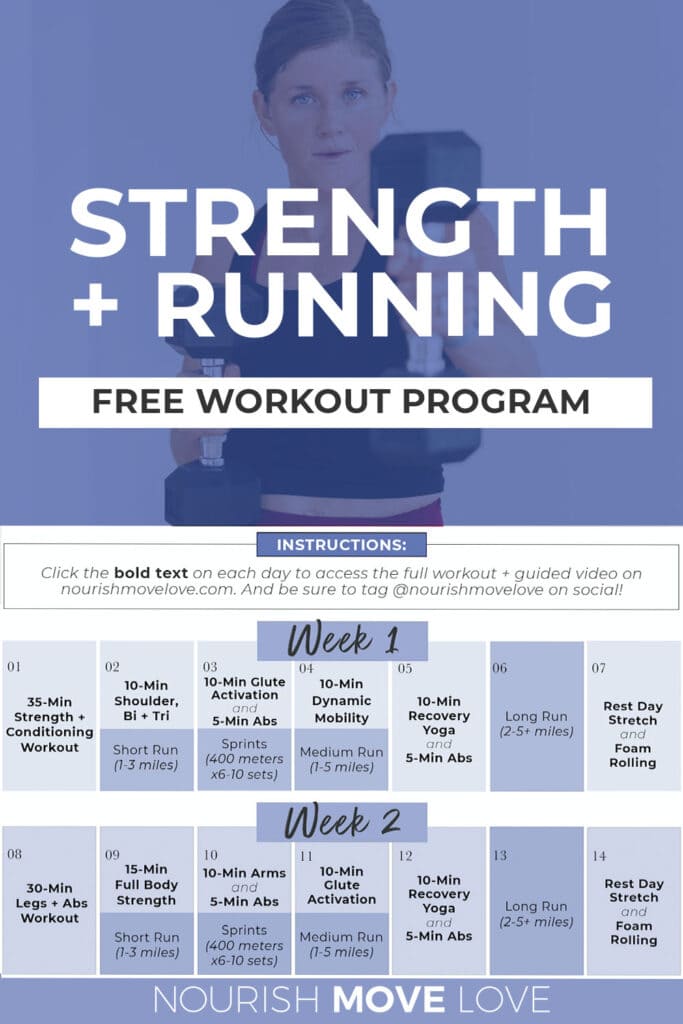Turbocharge Your Runs: Unlock Your Potential with Strategic Running Workouts
Turbocharge Your Runs: Unlock Your Potential with Strategic Running Workouts
Blog Article
Handling Typical Running Discomforts: Causes, Solutions, and Prevention
As runners, we commonly run into numerous discomforts that can hinder our performance and enjoyment of this physical activity. By checking out the root reasons for these running pains, we can discover targeted services and precautionary procedures to make sure a smoother and extra meeting running experience.
Usual Running Discomfort: Shin Splints
Shin splints, an usual running discomfort, usually arise from overuse or improper footwear during exercise. This problem, clinically recognized as median tibial anxiety syndrome, materializes as pain along the inner side of the shinbone (shin) and prevails among athletes and runners. The recurring stress and anxiety on the shinbone and the cells connecting the muscle mass to the bone results in inflammation and discomfort. Joggers who rapidly raise the strength or duration of their workouts, or those that have level feet or incorrect running techniques, are specifically at risk to shin splints.
To prevent shin splints, individuals ought to slowly boost the strength of their exercises, put on ideal footwear with proper arch support, and maintain flexibility and strength in the muscles surrounding the shin (running workout). Additionally, integrating low-impact activities like swimming or cycling can help maintain cardiovascular fitness while allowing the shins to heal.
Common Running Pain: IT Band Disorder
Along with shin splints, an additional widespread running discomfort that professional athletes commonly come across is IT Band Disorder, a condition brought on by inflammation of the iliotibial band that runs along the external upper leg and knee. IT Band Disorder usually materializes as pain on the outside of the knee, especially throughout tasks like running or cycling. The iliotibial band is a thick band of fascia that connects the aware of the shin, and when it comes to be irritated or tight, it can rub versus the upper leg bone, resulting in discomfort and discomfort.
Runners experiencing IT Band Disorder might discover a painful or hurting sensation on the outer knee, which can aggravate with continued activity. Variables such as overuse, muscle inequalities, improper running type, or poor warm-up can add to the growth of this condition.
Typical Running Discomfort: Plantar Fasciitis

Plantar Fasciitis can be credited to different variables such as overtraining, inappropriate shoes, running on hard surfaces, or having high arches or flat feet. To stop and ease Plantar Fasciitis, joggers can include extending workouts for the calf bones and plantar fascia, put on encouraging shoes, keep a healthy and balanced weight to lower pressure on the feet, and progressively increase running strength to stay clear of abrupt stress and anxiety on the plantar fascia. If signs and symptoms linger, it is advised to get in touch with a medical care specialist for correct medical diagnosis and therapy choices to deal with the condition efficiently.
Common Running Pain: Jogger's Knee
After dealing with the difficulties of Plantar Fasciitis, another common concern that joggers often face is Runner's Knee, an usual running discomfort that can hinder sports efficiency and cause pain throughout physical task. Jogger's Knee, also understood as patellofemoral pain syndrome, manifests as discomfort around or behind the kneecap. Joggers experiencing this discomfort might feel a dull, hurting discomfort while running, going up or down staircases, or after prolonged periods of sitting.
Typical Running Discomfort: Achilles Tendonitis
Commonly afflicting runners, Achilles Tendonitis is an excruciating condition discover this that affects the Achilles tendon, triggering pain and possible constraints in exercise. The Achilles tendon is a thick band of tissue that attaches the calf bone muscles to the heel bone, essential for activities like running, jumping, and walking - visit. Achilles Tendonitis typically creates due to overuse, improper footwear, insufficient extending, or abrupt increases in exercise
Signs And Symptoms of Achilles Tendonitis consist of discomfort and tightness along the tendon, specifically in the early morning or after periods of inactivity, swelling that worsens with task, and potentially bone spurs in chronic instances. To stop Achilles Tendonitis, it is vital to stretch properly in the past and after running, use appropriate shoes with appropriate support, progressively boost the intensity of workout, and cross-train to minimize repetitive stress and anxiety on the ligament.
Conclusion

Report this page